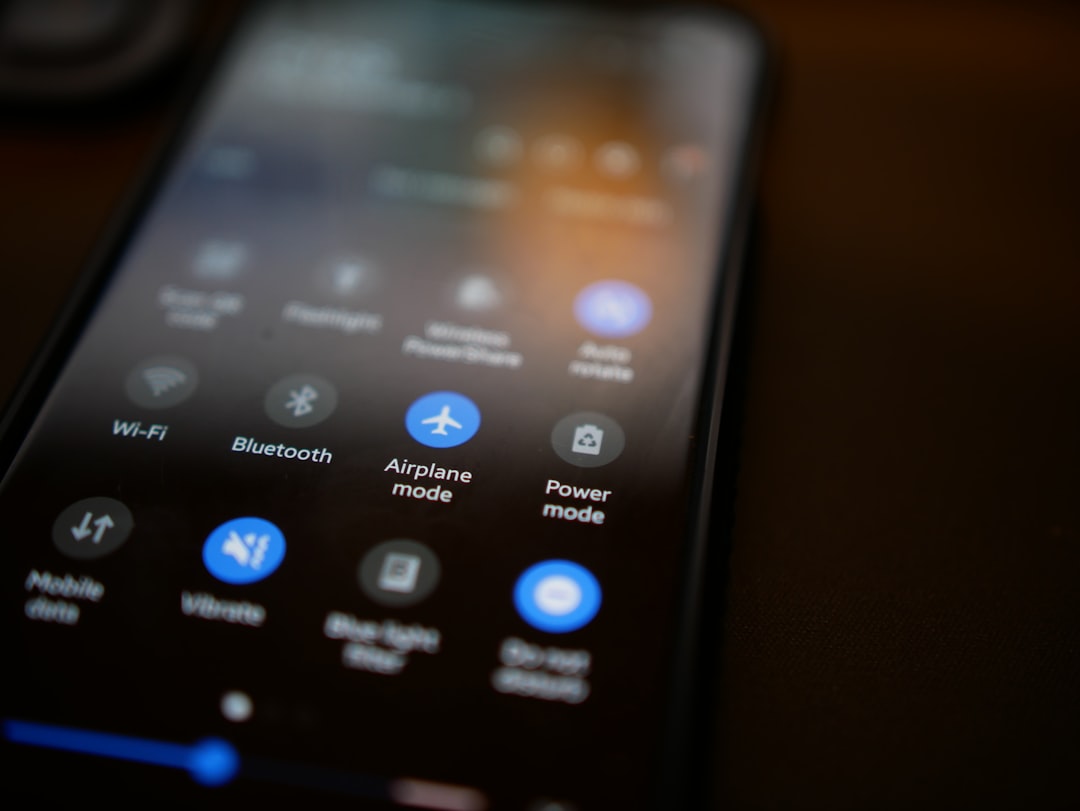The Institute of Electrical and Electronics Engineers (IEEE) recently announced the addition of 802.11bb as a new standard for light-based wireless communications, also known as Li-Fi. This development has been welcomed by global Li-Fi businesses, as it is expected to accelerate the rollout and adoption of this data-transmission technology.
Li-Fi proponents, including companies like pureLiFi, Fraunhofer HHI, and the Light Communications 802.11bb Task Group, highlight the advantages of using light instead of radio frequencies (RF). They claim that Li-Fi offers faster and more reliable wireless communications with unparalleled security compared to conventional technologies such as Wi-Fi and 5G.
With the release of the IEEE 802.11bb Li-Fi standard, there is hope for improved interoperability between Li-Fi systems and successful Wi-Fi implementations. However, it is important to note that Li-Fi will not replace alternatives like Wi-Fi or 5G entirely, nor will it eliminate wired networks. Radio waves still have an advantage when it comes to long-distance transmission through the atmosphere and opaque objects. The focus should be on utilizing each technology where they excel.
One key advantage of Li-Fi is its ability to repurpose a building’s existing lighting infrastructure for data transmission without causing any visible blinking or flashing lights. By utilizing part of the infrared spectrum, data can be transmitted through light in a building discreetly.
Aside from its impressive speeds reaching up to 224 GB/s, Li-Fi offers higher reliability, lower latency, and reduced jitter due to its exclusive use of the optical spectrum. Its line-of-sight propagation enhances security by preventing wall penetration, reducing jamming and eavesdropping risks while enabling precise indoor navigation.
With the publication of the IEEE 802.11bb standard, manufacturers can now have greater confidence in integrating Li-Fi technology into their products where suitable. For instance, pureLiFi has already developed the Light Antenna ONE module, a 14.5mm long component that can be integrated into connected devices. The company suggests that Li-Fi is preferable over Wi-Fi for handling more connections without congestion, providing greater security and privacy, and supporting bandwidth-intensive tasks.
As a result of this significant development, it is anticipated that a wider range of Li-Fi network devices and user devices supporting the new standard will emerge in the coming months leading up to the Mobile World Congress (MWC) next February.
The addition of the IEEE 802.11bb Li-Fi standard marks an important milestone in expanding light-based wireless communications. With its unique advantages such as faster speeds, enhanced security, and reliable transmission through light, Li-Fi technology is poised to complement existing wireless technologies like Wi-Fi and 5G. By leveraging the strengths of each technology where appropriate, we can look forward to a future with diverse connectivity options tailored to different use cases.
